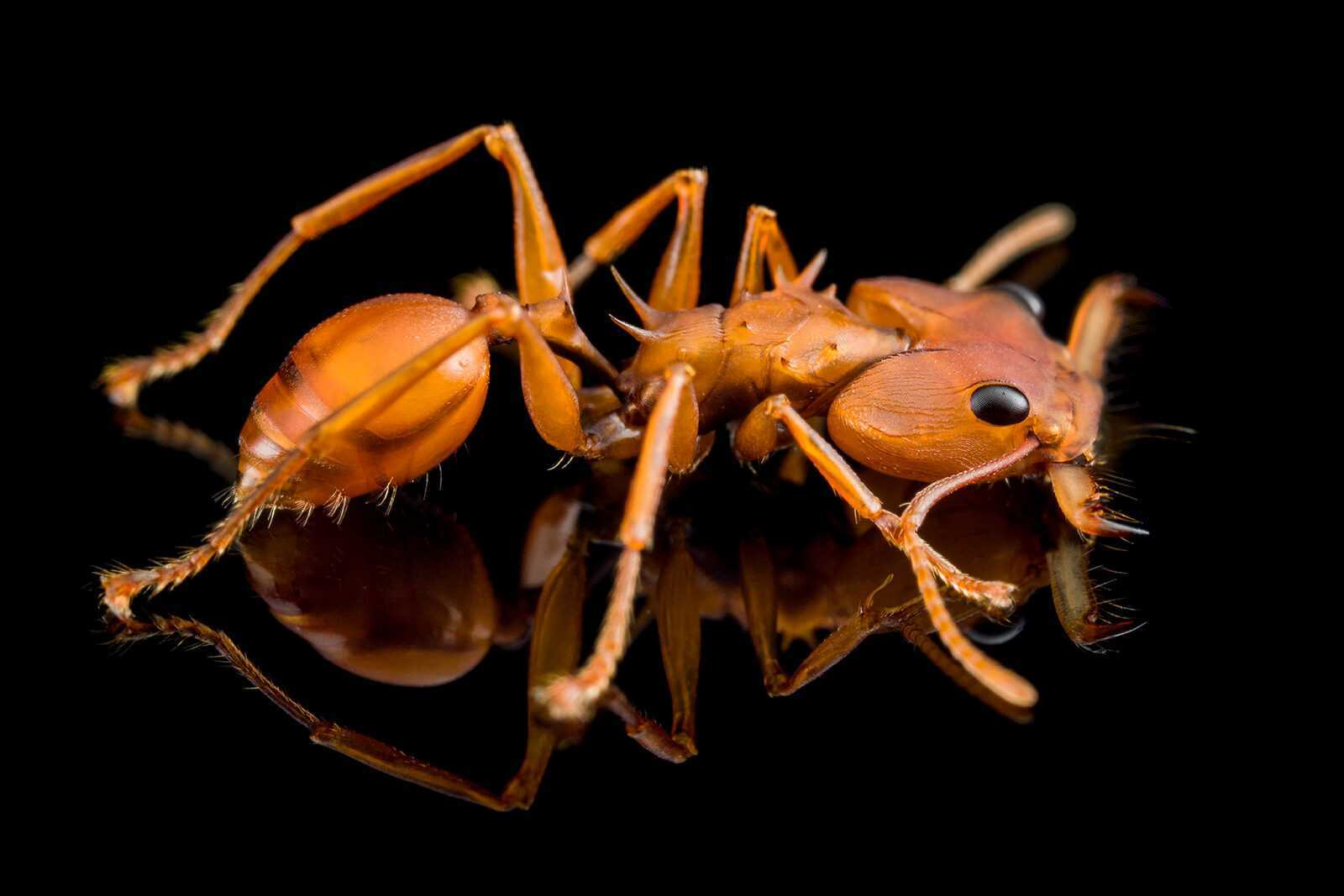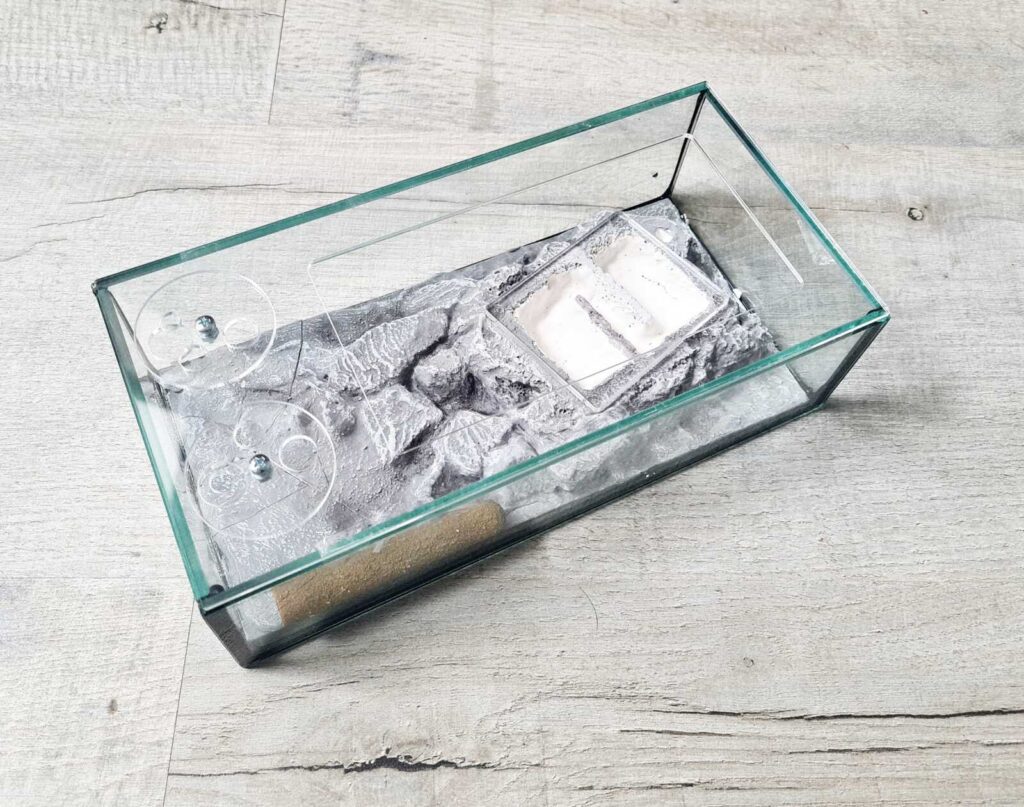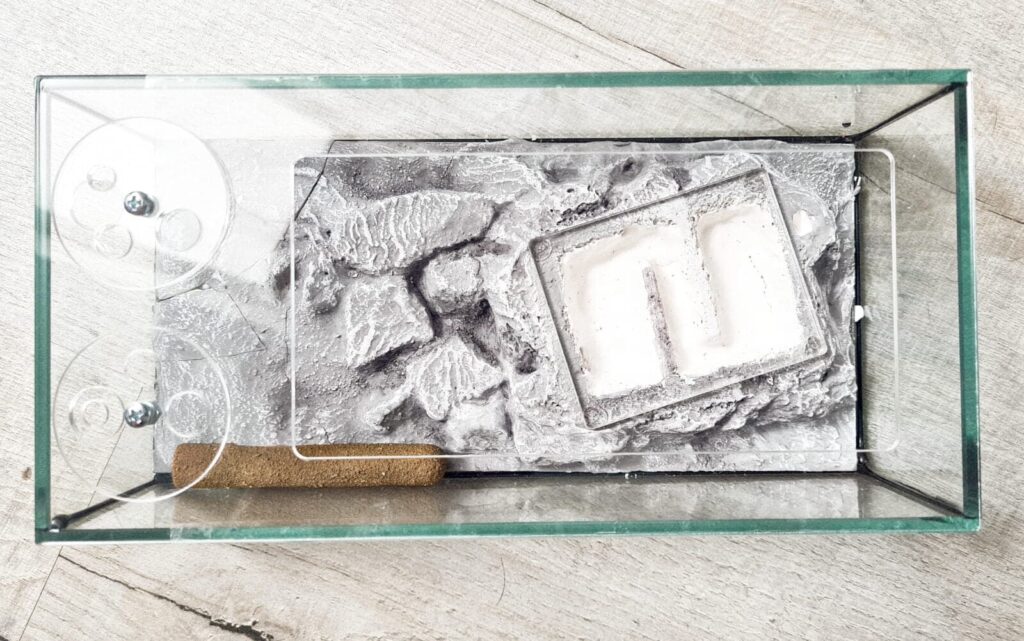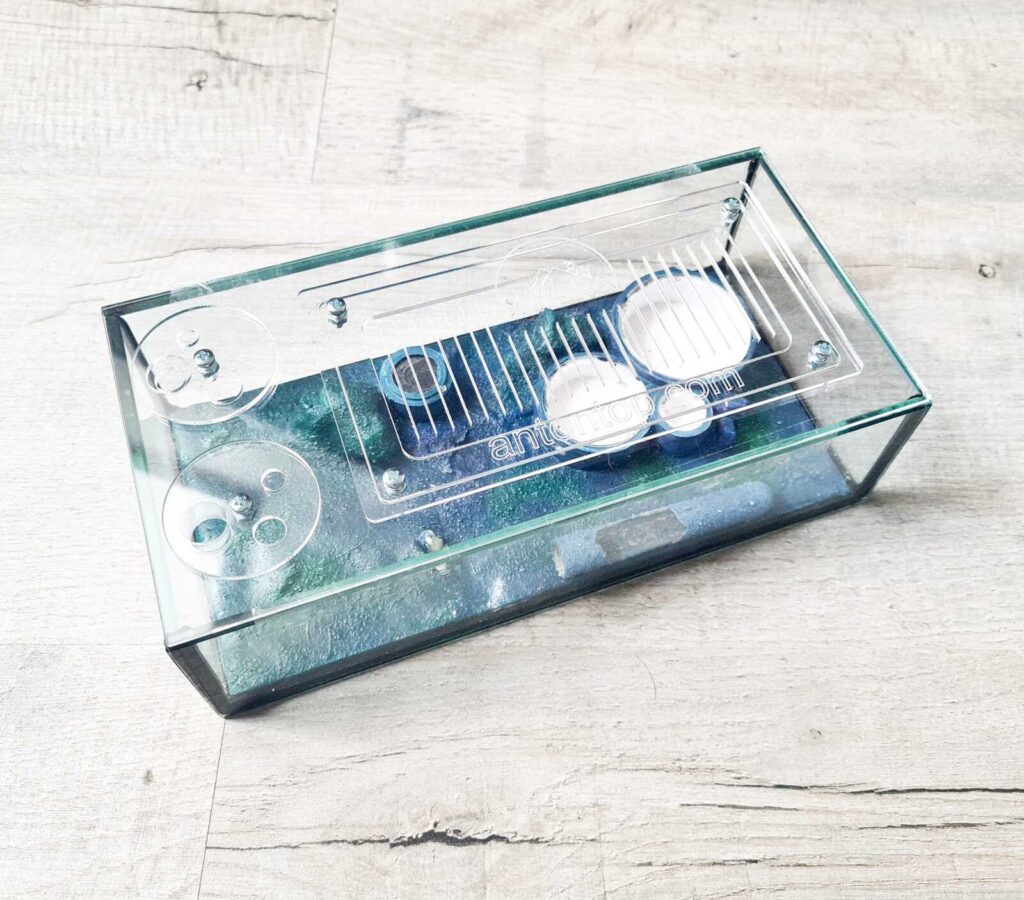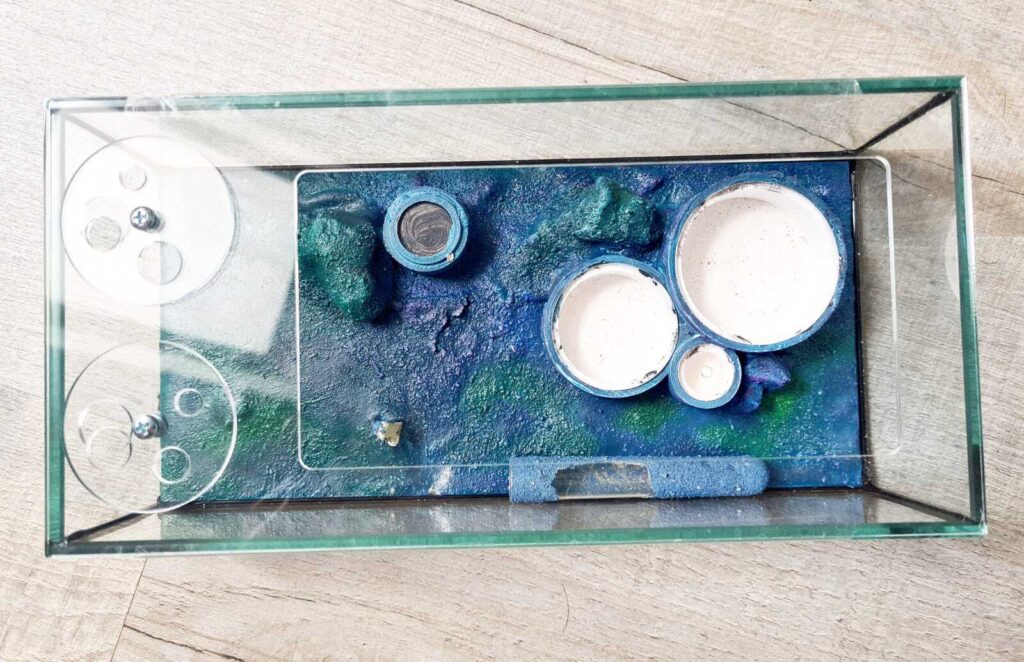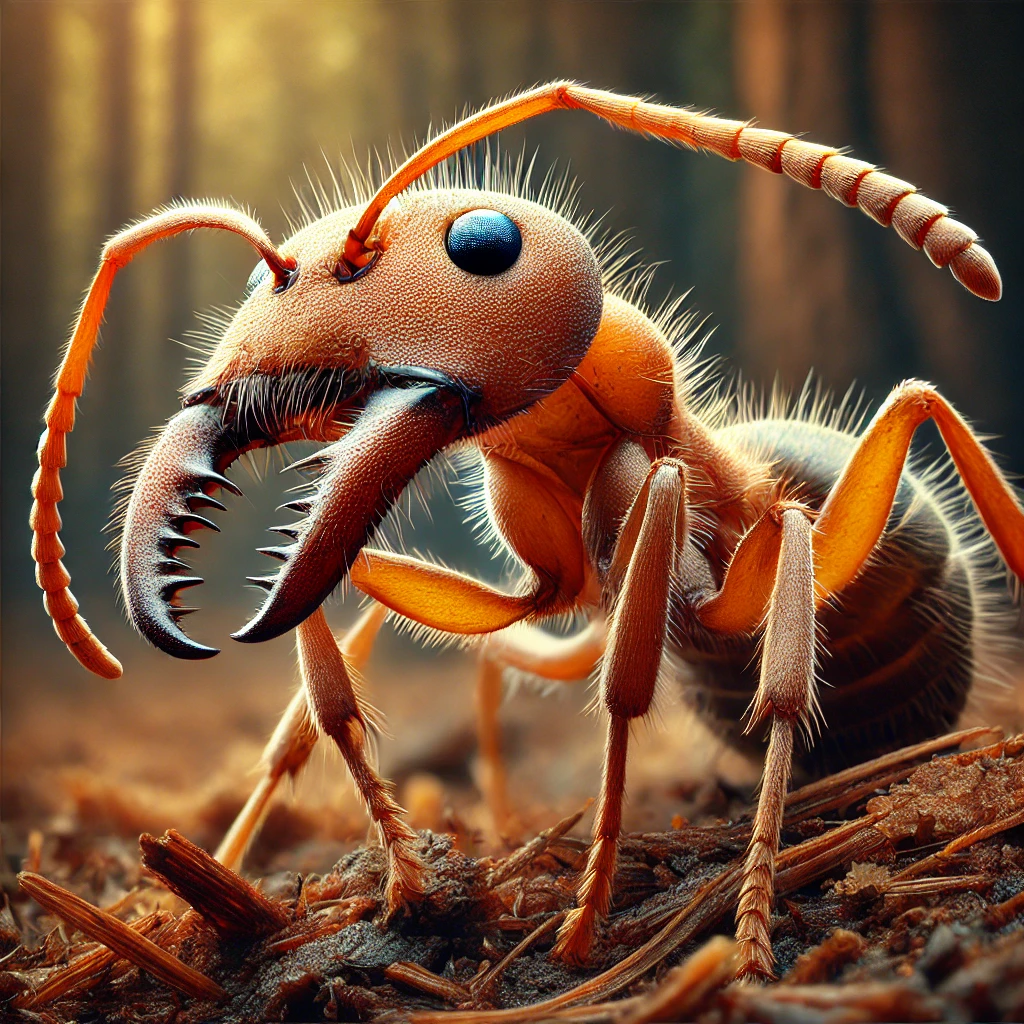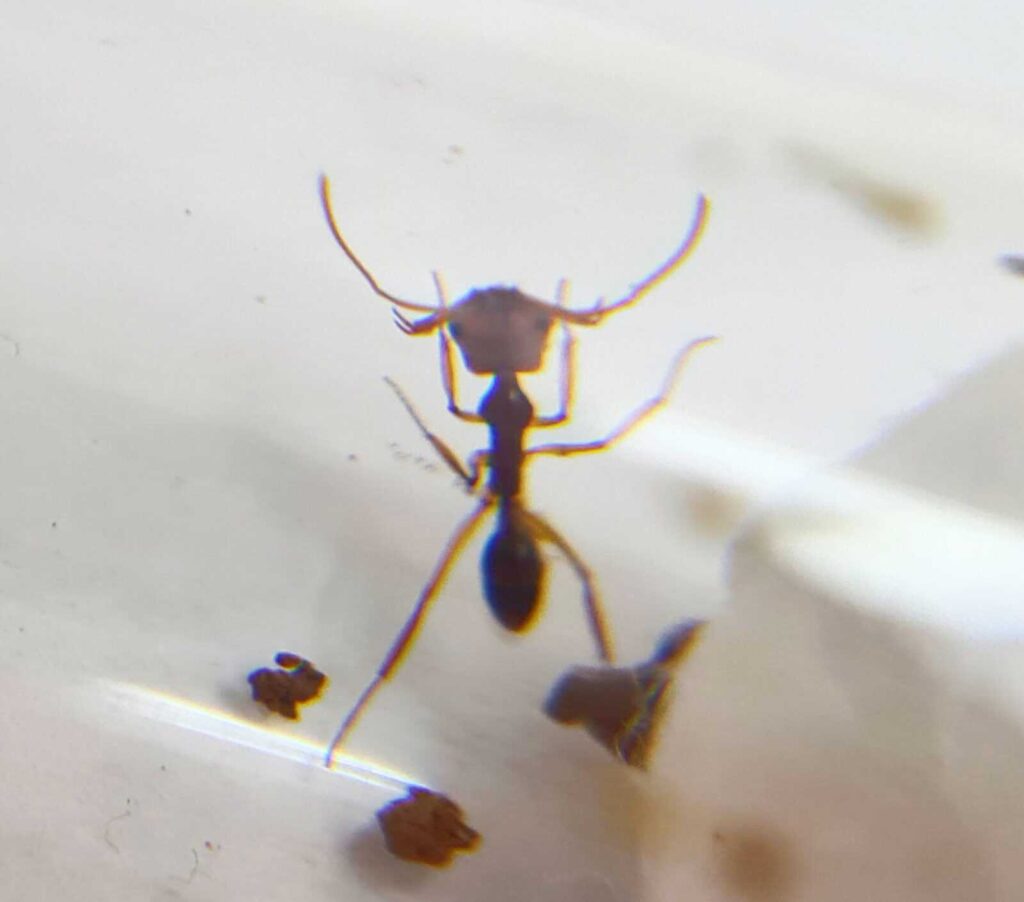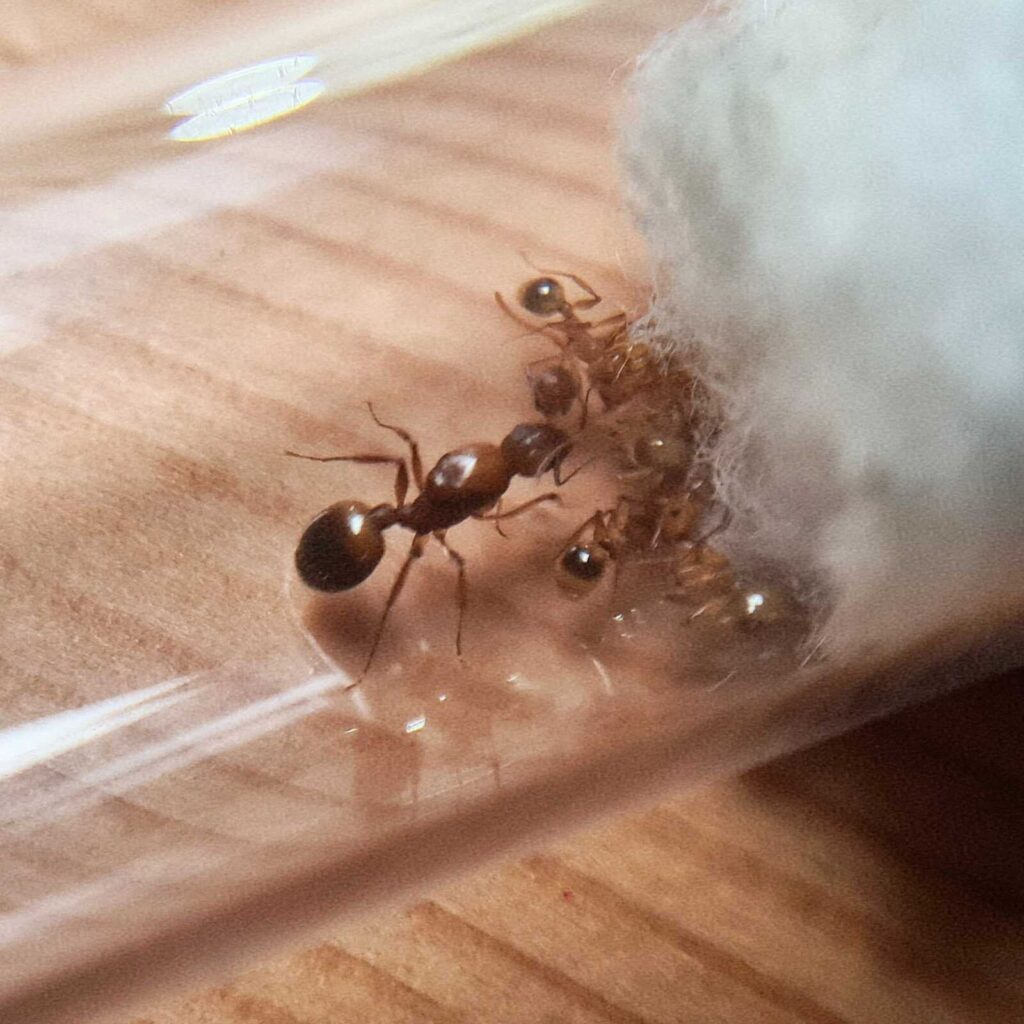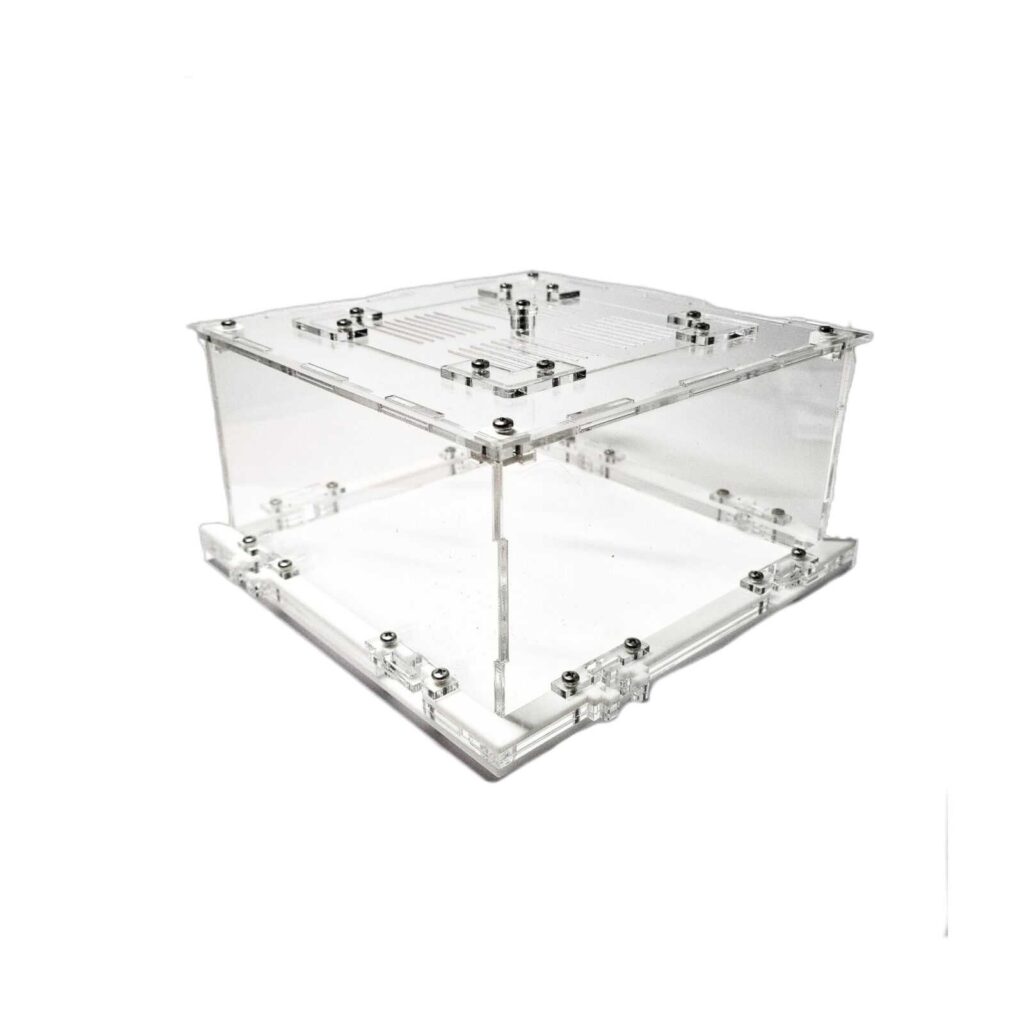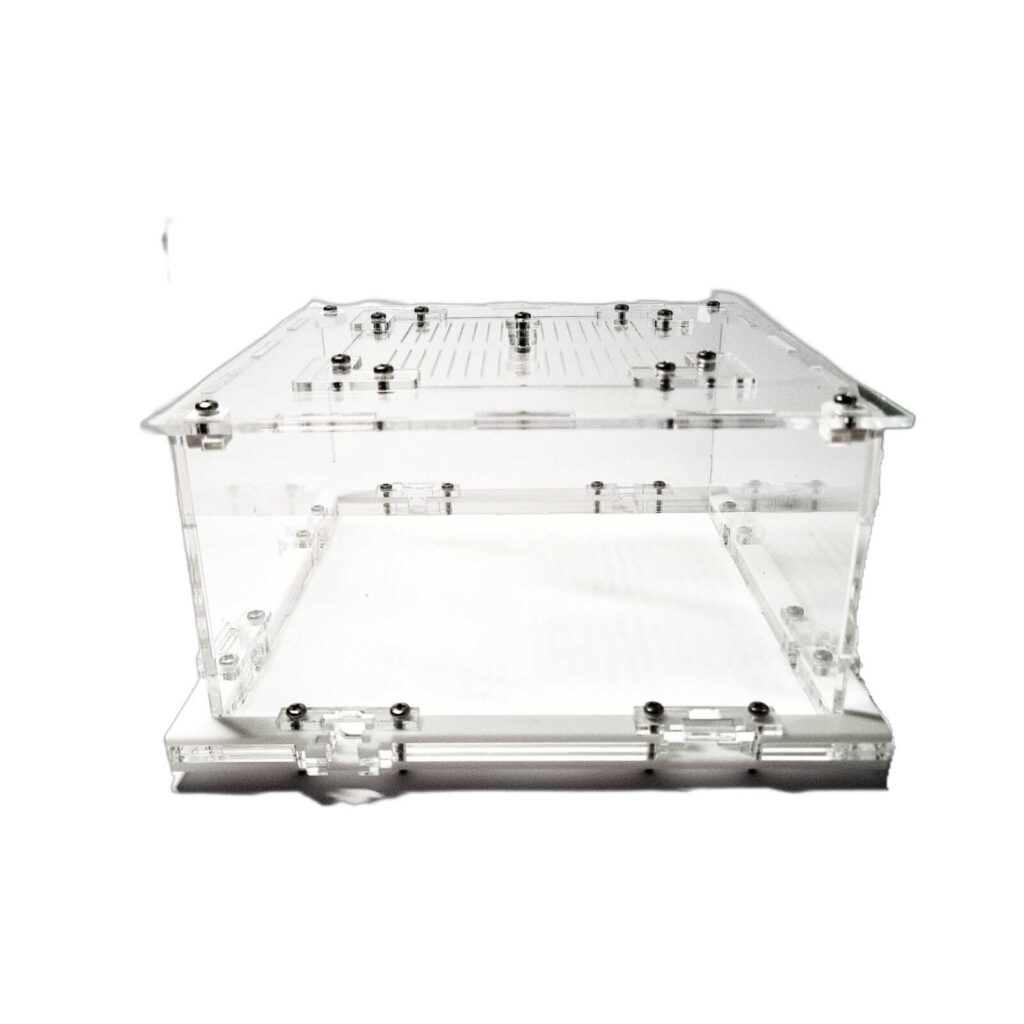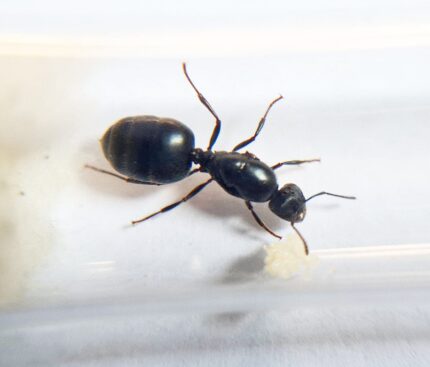
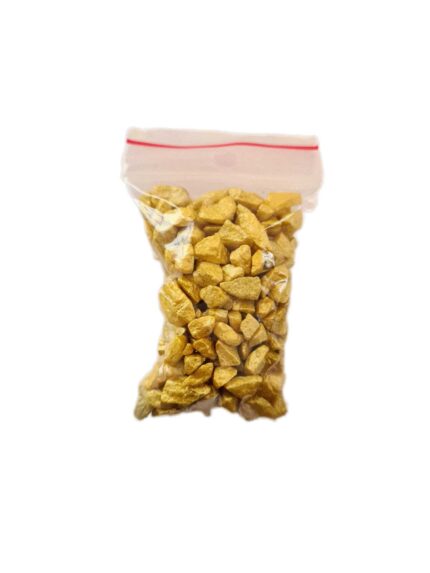
Daceton armigerum
2999,90 zł
Worldwide shipping
Free delivery over 500 PLN
The highest quality of goods
Live delivery guarantee
24/7 Personal Support
Fair Prices
Description
Daceton armigerum ants are small, orange-colored ants with a unique head and body structure. They form monogynous colonies with a single queen and have a moderate development speed. These ants typically nest in tree holes and can grow into colonies of up to 2000 individuals.
Additional information
| Behavior | |
|---|---|
| Difficulty in breeding | |
| Origin | |
| The size of ants | |
| Wintering |
Daceton armigerum ant colony
Colony Type: Monogyny
Colony Size: Up to 10 000 workers
Development Speed: Fast
Size and Color:
- Queen: 15-17 mm
- Workers: 6-17 mm
Color: orange
Nutrition:
- Food insects (such as cockroaches and crickets) dead, or live if colony is big
- Syrup (a mixture of water and honey or sugar, with a ratio of 4/3 water:1)
- Fruits and vegetables
- Jelly
- Cooked chicken without salt, shrimps
- Honey
Humidity and Temperature:
- Humidity: Arena: 50-70%, Nest: 60-80%
- Temperature: Arena: 22-28 °C, Nest: 22-26 °C
Characteristics and Appearance
Daceton armigerum ants have a visually distinct appearance that sets them apart from other ant species. Their bodies are predominantly orange, with darker shades on their head and abdomen. The workers and queen ants have a slender and elongated body shape, while the males are larger and more robust. These ants possess unique head and body structures, including long and slender mandibles used for capturing prey. Their antennae are also long and gracefully move as they navigate their surroundings.
Recommended Nests and Enclosures
To provide the best possible living conditions for Daceton armigerum ants, it is recommended to replicate their natural habitat within an enclosure. This can be achieved by offering nest options that mimic the holes and crevices found in trees. Providing pre-existing holes left by other insects or utilizing artificial nest structures can be beneficial for these ants. When selecting an enclosure, it is important to choose one that provides sufficient space for the colony to grow. A terrarium or an acrylic formicarium with ample space for the ants to forage, nest, and expand their population is recommended. The enclosure should also have removable sections or access points for easy maintenance and observation.
It is crucial to note that while these ants can be fascinating to observe, they are best suited for experienced ant keepers. Providing the ideal conditions and maintaining the delicate balance of their habitat requires careful attention and knowledge.
In conclusion, Daceton armigerum ants are visually captivating and unique species. By replicating their natural habitat and meeting their specific needs for nutrition, humidity, and temperature, these ants can thrive and provide endless fascination and enjoyment to ant enthusiasts.


